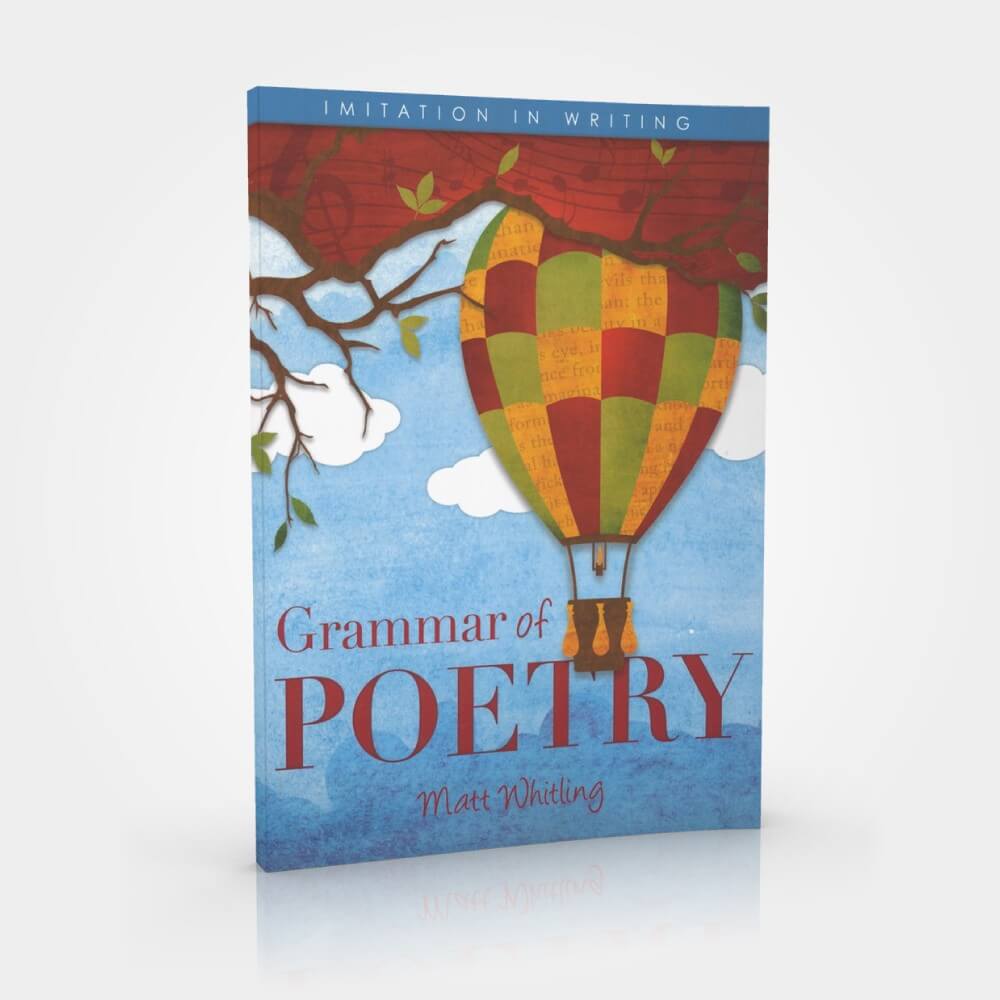7 Unique Tips to Incorporate Creative Writing

Writing offers a long list of benefits: practicing effective communication, exercising creative thought, growing imagination, and providing a place for self-expression. Creative Writing activates large regions of the brain responsible for thinking, language, healing and working memory. Here are unique ways to incorporate creative writing in your homeschool.
“Amazing video lectures! Dave Raymond is very engaging and makes learning history extremely interesting.” ~ Sara
Incorporate Creative Writing
Family Short Stories. Pick a common topic for everyone in the house to write their own one-page short story. A place, person, season, etc. all make great topics each family member will have familiarity. Share these short stories after dinner. You’ll be surprised the many different stories everyone creates from the same “topic”. This opportunity also gives shy students the opportunity to speak in front of others without judgement and criticism.
Two Sentence Starters. Write out 2 descriptive sentences to start a short story. Then pass around the story to each member of the family until someone finally arrives at a rather interesting ending. Rather than count turns think of setting a time limit. This fun story writing exercise includes everyone in the family and usually ends in hilarity. Whoever comes up with the most creative sentences gets to pick dessert.
Create a Poetry Journal. Some students are intimidated to write their own poems, so start easy. Suggest adding a line from a favorite poem, “Hope is the things with wings that perches in the soul”. If you have a confident writer give them a new journal to try their hand at poetic verse. Read 4 Reasons Students Should Read Poetry or try Grammar of Poetry.
Find a Pen-Pal. Who doesn’t love getting something personal in the mail? Cousins, grandparents, and far away friends make great pen-pals. Buy some stationary and start writing colorful explanations of family events, or the ridiculous snoring dog. It’s not a traditional way to incorporate creative writing assignments, but it’s a great start to writing more often!
Create Mad-Libs. Mad-Libs are a genius sneaky way of teaching Language Arts to younger students. Have older students create the bones of a mad-lib. You’ll be surprised, it’s (adjective) than it sounds.
Recreate Favorite Fairytales. What if Cinderella’s Fairy Godmother slept in late? Could Gaston be the hero? Was Maleficent just misunderstood? Disney added sweet safe alterations to the the original dark Grimm Brother’s stories. Why not let your student add their own changes to make these familiar fairytales, unfamiliar and different.

Find Free Writing Prompts. The white page of death stares back as my aching knuckles clutch the drained up pen of creative thought. Stuck on how to start short stories? Find free writing prompts online. Writing prompts are a short quick exercise to keep thoughts flowing.







